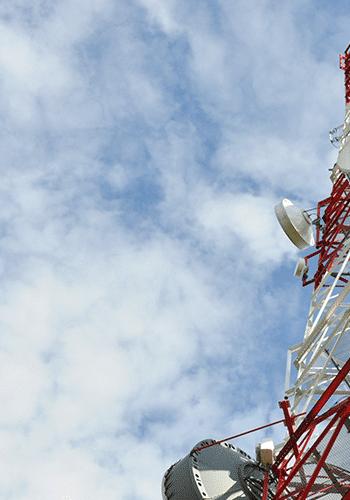Orbital Angular Momentum (OAM)

PROTEUS offers OAM mode multiplexing
Orbital Angular Momentum (OAM) light waves are currently the focus of much research into the development of new optical solutions in the field of telecommunications. Their rise in popularity is due to their specific structure: an OAM wave has an additional magnitude, with the orbital angular momentum represented as a helix whose number is theoretically infinite. This quantified component can be used for information encoding by considering each value of the helix number as an information bit. This therefore represents a potentially unlimited number of transmission channels.
In recent years, a number of ongoing projects have focused on information exchange by generating these OAM “twisted waves” or “vortex beams” in free space in the atmosphere or in optical fibers. OAM waves could provide an additional magnitude to carry significantly more information in future fiber optic telecommunications networks. Experts in the field also claim it has greater resistance to atmospheric turbulence.[1]
By simplifying the generation of OAM modes, Cailabs has participated in several projects, in particular with the University of Southern California, in order to apply OAM techniques to long-distance free-space optical communication links[2] or to use OAM as a method of secure information exchange using an optical quantum encryption key.[3]
PROTEUS by Cailabs and OAM
Cailabs hopes that its PROTEUS solution will contribute to the many potential advances in this field. The strength of PROTEUS is based on its unique passive spatial multiplexing component using Cailabs’ patented Multi-Plane Light Conversion (MPLC) technology. MPLC can generate any type of OAM mode for all input and output types (free space and fiber).
Compatible with high power sources, PROTEUS guarantees high purity modes, low optical losses and compatibility with a wide range of wavelengths. It is currently the only commercial solution that offers OAM mode multiplexing.
Bibliography
[1] Mario Krenn, Robert Fickler, Matthias Fink &al. – «Communication with spatially modulated Light through turbulent Air across Vienna» – https://arxiv.org/abs/1402.2602
[2] Long Li, Runzhou Zhang, Zhe Zhao & al. – « High-Capacity Free-Space Optical Communications Between a Ground Transmitter and a Ground Receiver via a UAV Using Multiplexing of Multiple Orbital-Angular-Momentum Beams» – https://www.nature.com/articles/s41598-017-17580-y/
[3] Cong Liu, Kai Pang, Zhe Zhao & al. – « Single-End Adaptive Optics Compensation for Emulated Turbulence in a Bi-Directional 10-Mbit/s per Channel Free-Space Quantum Communication Link Using Orbital-Angular-Momentum Encoding » – https://spj.sciencemag.org/research/2019/8326701/




